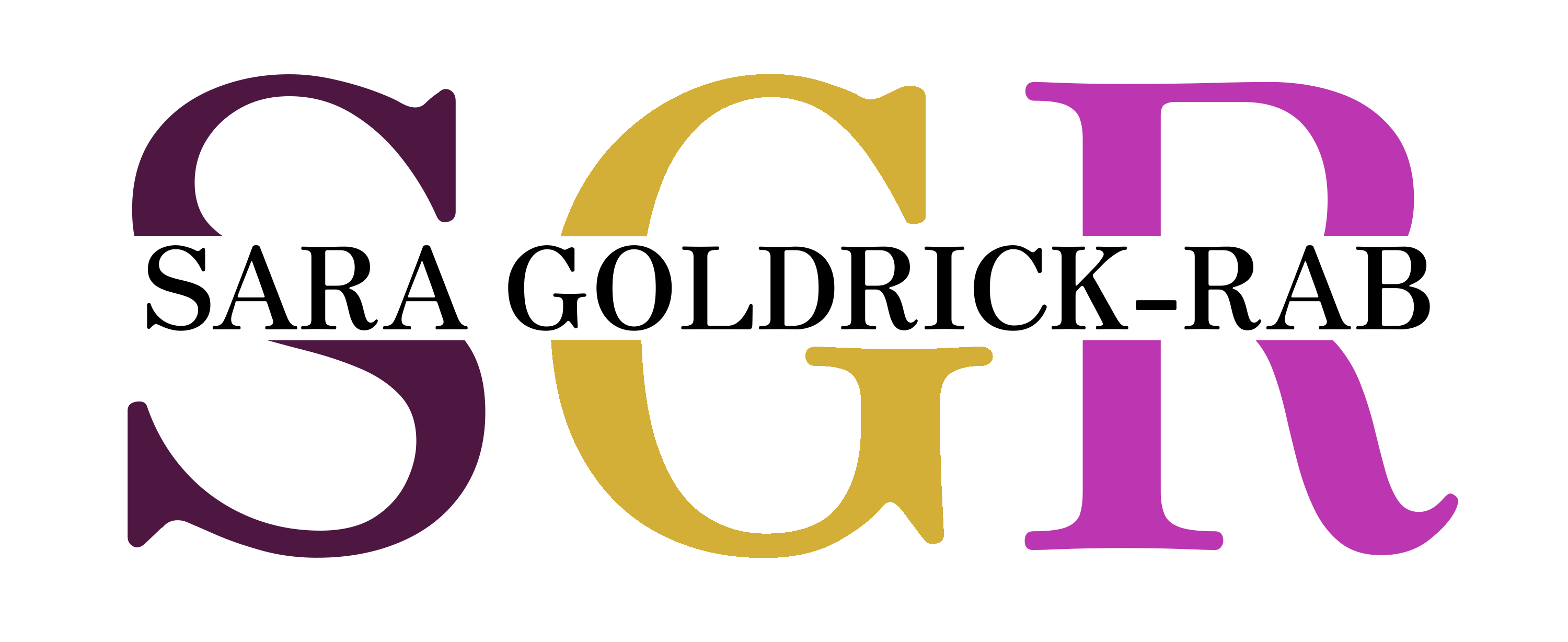In recent decades, a growing proportion of college students have experienced nancial stress, resulting in unmet essential needs including food insecurity, housing instability, lack of healthcare access, and inadequate mental health treatment. Given that urban-based public universities constitute a substantial proportion of the U.S. college student population, understanding how unmet needs affect academic achievement in this population is crucial for developing strategies that alleviate college failure and dropout. We examined the cumulative impact of unmet essential needs on indicators of college attrition (dropout, leave of absence, risk of academic probation). The sample comprised a population-representative sample of 1,833 students attending one of three urban public colleges in the Bronx, NY. Employing multinomial and binomial logistic regression models, we assessed how total unmet essential needs predicts any indicator of college attrition. Each unit increase in unmet need increased the odds of having any attrition indicator by 32% (p < 0.01). Students with one unmet need had 17% greater odds (p = 0.04), students with two unmet needs had 55% greater odds (p < 0.01), students with three unmet needs had 73% greater odds (p < 0.01), and students with four unmet needs had 82% greater odds (p < 0.01) of having any attrition indicator. Findings revealed a modest dose-response relationship between the number of unmet needs and the likelihood of experiencing indicators of attrition, supporting a potential causal link between unmet needs on the risk of attrition. Designing interventions aimed at college students with multiple unmet essential needs, and addressing these needs holistically, can potentially enhance student retention and graduation rates.
